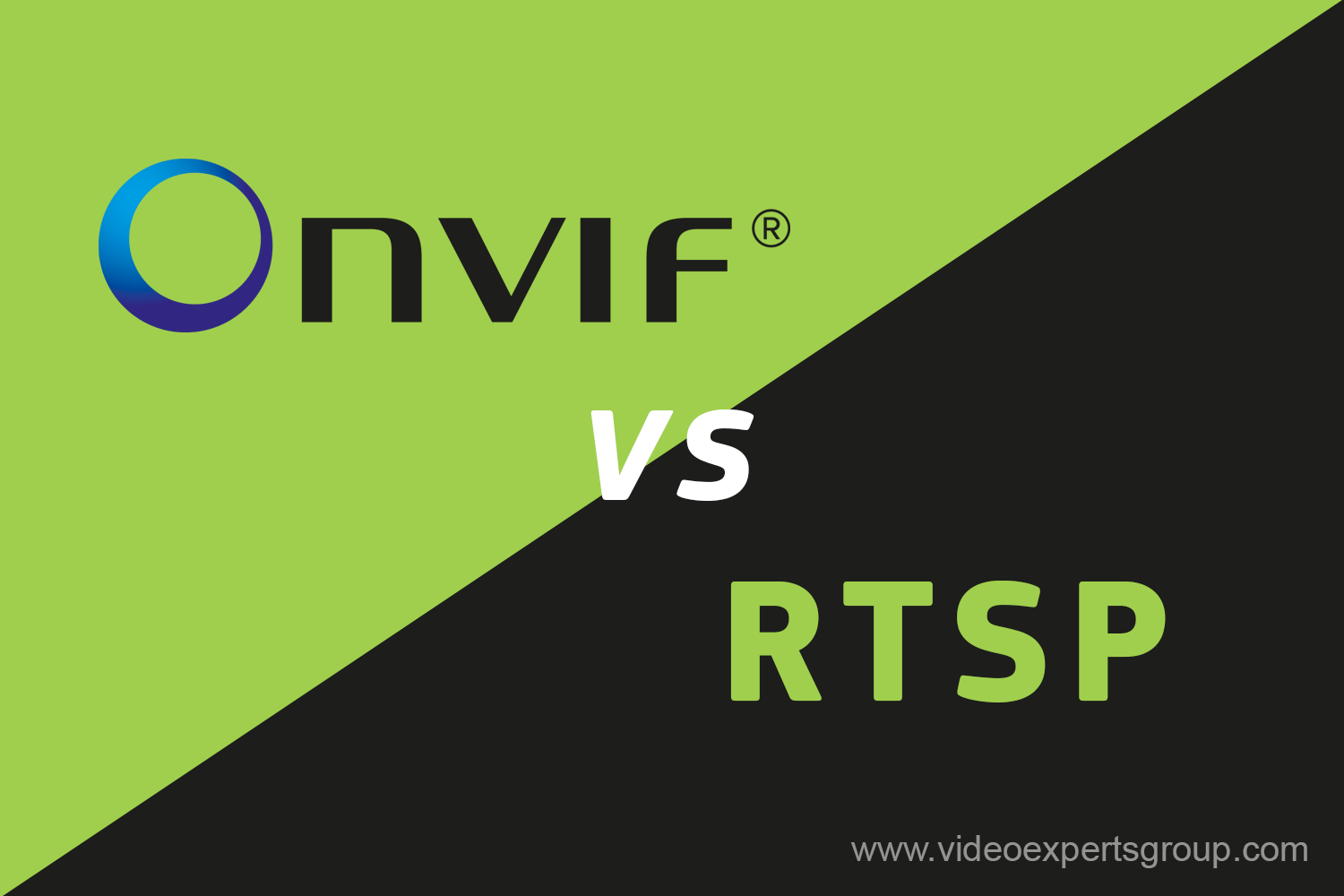RTSP Player
Looking for an RTSP Player? With VXG you can watch any RTSP stream using cloud video streaming technology in our RTSP Viewer. In addition, we offer cloud storage for video streaming making it a complete solution for RTSP video.

RTSP Player
What is RTSP?
Real-time Streaming Protocol (RTSP), the most common protocol that IP cameras use for their video. Most IP cameras will have an RTSP URL that can allow people to view a camera feed.
RTSP Player Features
Play video from any camera in a web browser
Connect any video camera to VXG RTSP streaming service and make your own HTML5 player online.
Record video from any camera on the cloud
Use our cloud storage for video streaming to record video from any video source including RTSP cameras.
Easily integrate it with your website
Use a simple iframe to make your HTML5/JS player online within minutes, or use our Web SDK for having full control.
How to View RTSP stream?
Copy and paste the URL rtsp stream to the required field. Add the URL Username and Password if applicable Click the “Play” button to view the stream.
















